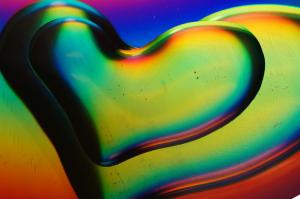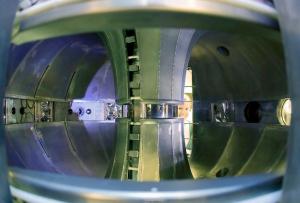What’s New
13 May 2019
ITER news digest for the period of 7 May 2019 to 13 May 2019.

Fusion diagnostic may help diagnose cancerous tumours


Désolé, cette page n'existe pas en français.

